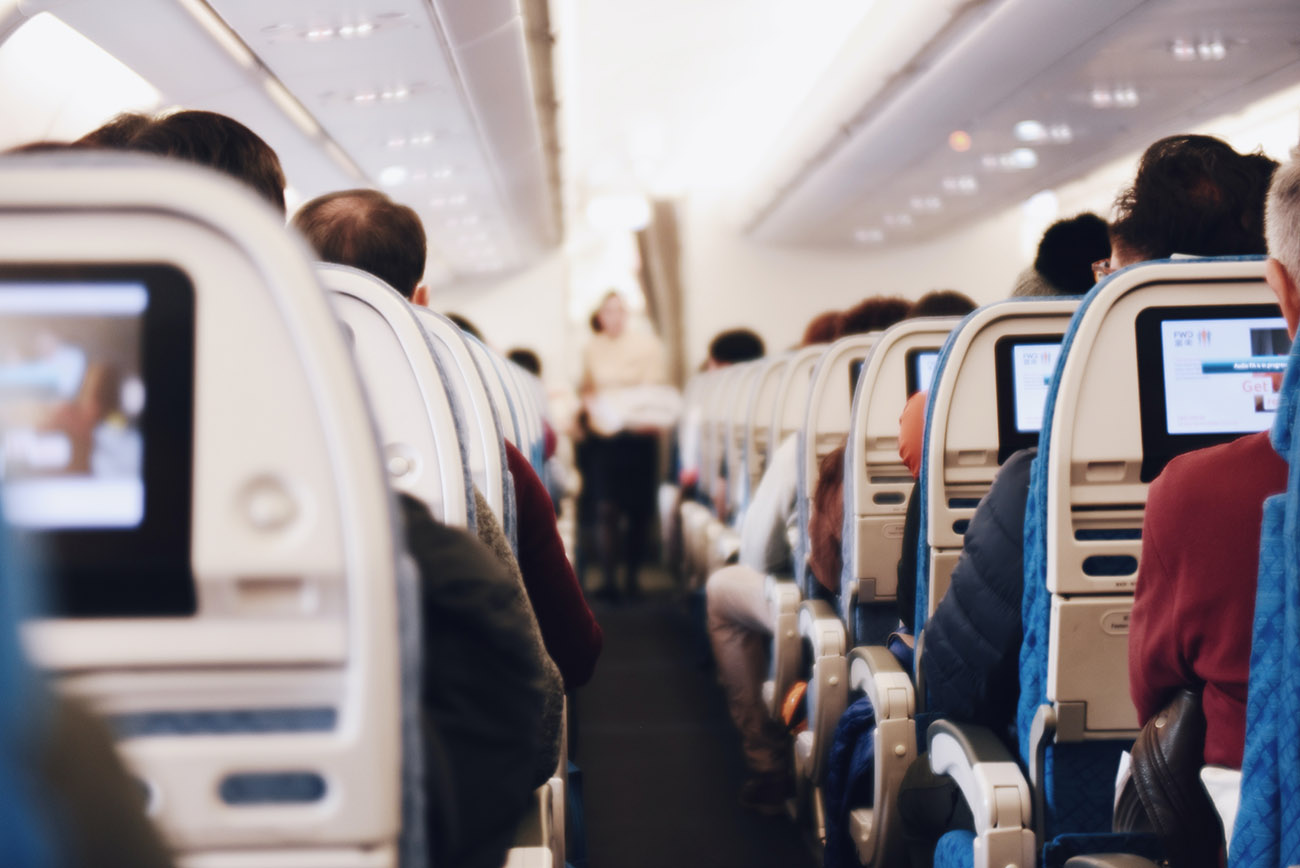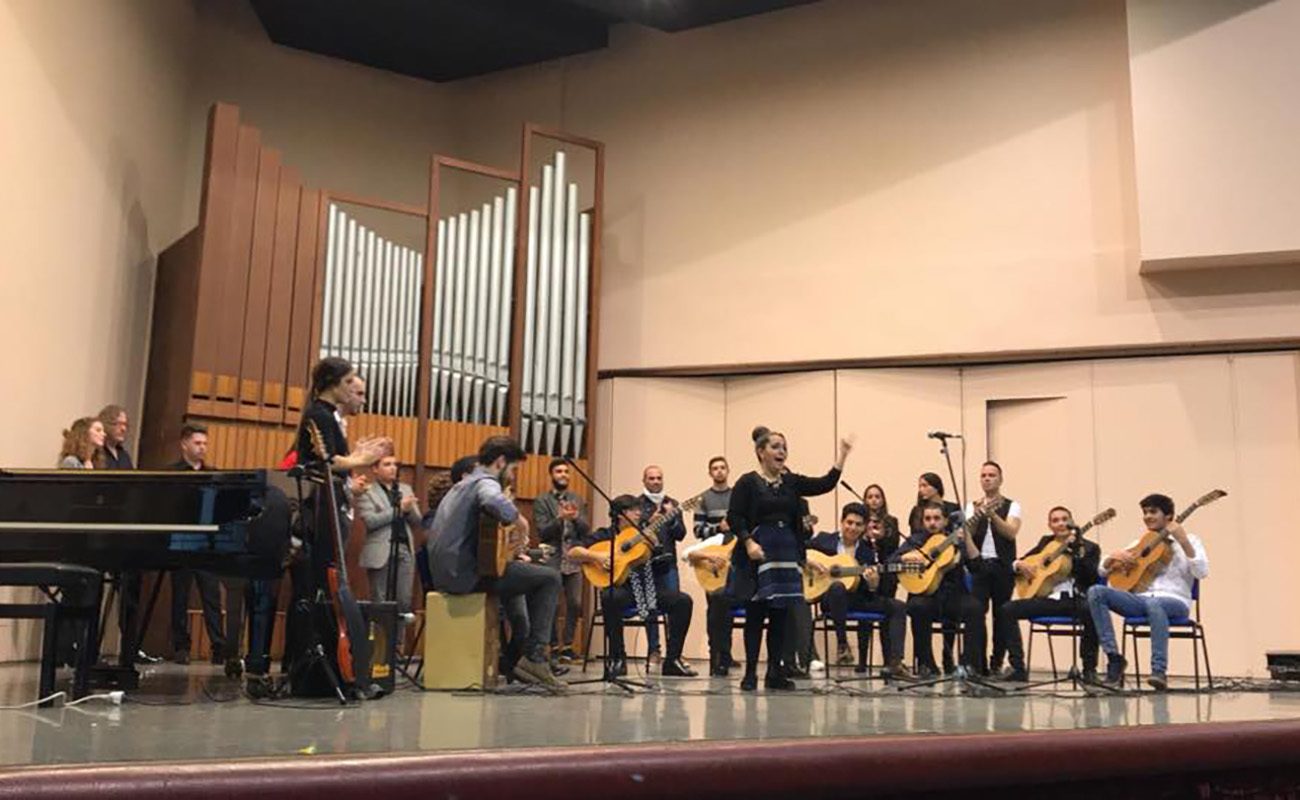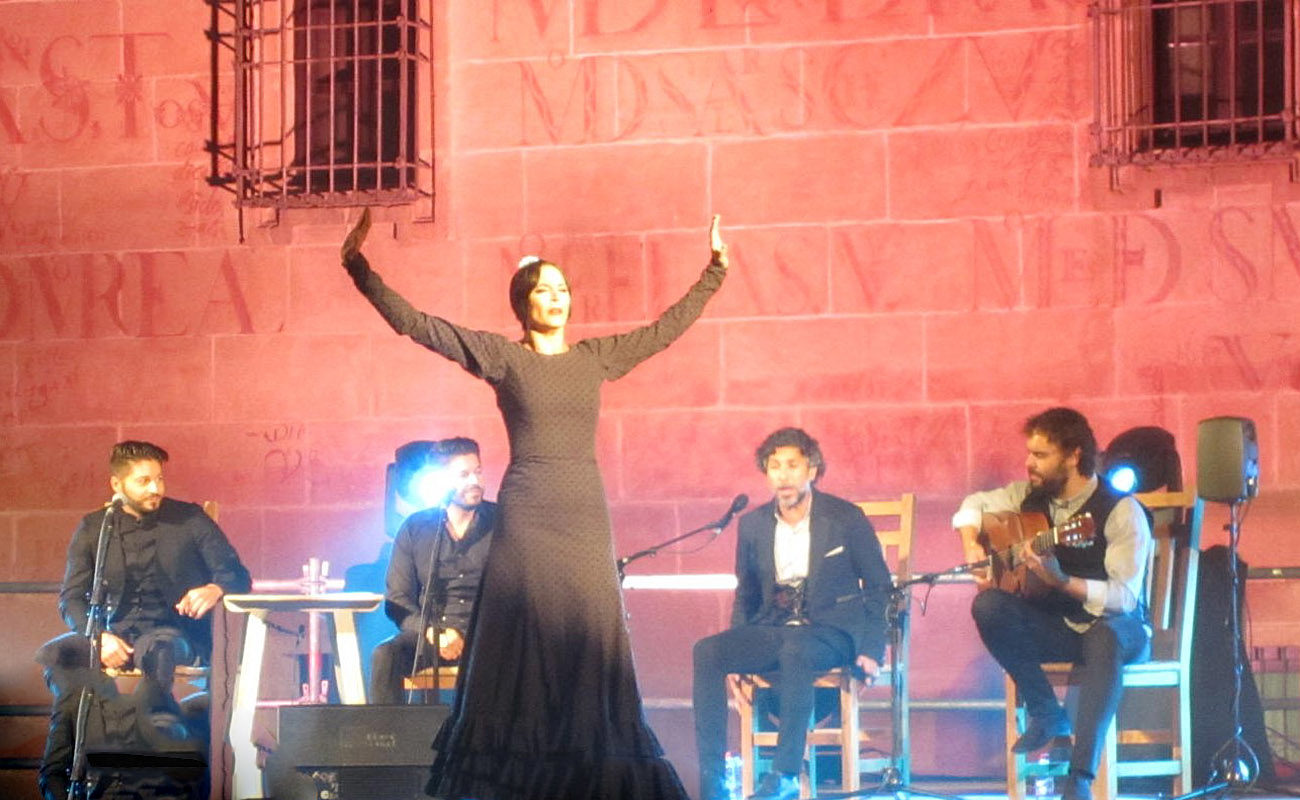Tales of an Amateur
"JUAN EL CANTAOR" BY EUGENIO MARTIN I’m not from a family with flamenco tradition. Yet, at home we always listened to cante or copla (Spanish ballads). I remember those huge tube radios which made a devilish sound when the dial was moved to find a broadcasting station. We had one of those at home, in the living room, on a shelf held in place by two
“JUAN EL CANTAOR”
BY EUGENIO MARTIN
I’m not from a family with flamenco tradition. Yet, at home we always listened to cante or copla (Spanish ballads). I remember those huge tube radios which made a devilish sound when the dial was moved to find a broadcasting station. We had one of those at home, in the living room, on a shelf held in place by two brackets. Flamenco or copla played the whole day, except at the time of the news summary, on the hour, which my father liked to listen to, when he was at home. That radio was so up high that I, 10 or 11 years old, had to climb on an old wooden chair to reach the radio’s buttons. When a radio station finished their canteprogramming, I’d quickly climb on the chair and I’d look for another flamenco broadcast. In those years, the 1960s, all radio stations had at least one program about this art of ours. There were all sorts of programs: critics, opinions and the obligatory “records on request” shows, where listeners would write requesting a given artist or song to be played for a friend or family member. Sometimes, from the kitchen my mom would yell, asking if the program of cante had finished on the radio station, while I was distracted: “kid, change the radio station to another with flamenco, this one is only playing nonsense!” There was one unfathomable enigma for me: If I had been listening to, say, La Voz de Guadalquivir radio, where Valderrama was singing, and then I changed the station to, say, Radio Sevilla, and Valderrama was singing there too, I couldn’t possibly understand how could the guy move from one radio station to the next so quickly? I hadn’t grasped the concept of records and tapes yet.
The 60s, 70s and 80s were very positive when it comes to the popularization of flamenco, as there was a veritable legion of critics, journalists and aficionados who would discuss flamenco wherever they were. I can’t possibly recall them all, I’m sure I’d forget some if I tried to name them, yet I must highlight the priceless work of one of them, the master Miguel Alcal. Every day at 1:30 PM he would greet us with his “health and freedom, my friends”. Miguel was easy to understand, he would speak his mind and I think he always meant what he said. He would praise a deserving artist, but if that same artist messed up one performance, he would say so, too, no matter how renowned or popular the artist was. He would also criticize his colleagues now and then, I remember that he could not stand those would make a good review for money, although he would never give names. His well-paced, pleasant voice was heard every afternoon in our houses.
Back then, what was played in every radio station were the fandangos, the cantes de ida y Vuelta and the sentimental recitals by Valderrama, El Pinto, Manolo el Malagueño, Farina, Caracol, Niño de la Huerta, Pepe Marchena, Antonio Molina, etc. All these cantaores and their songs would get stuck in my head. They would also play, although not as much, cantaores such as Chocolate, Mairena or Fernanda. What made me pay more attention to these latter ones was meeting a friend of my father called Juan, who everyone knew by the nickname of El Cantaor. I was about 11 or 12 years old and one day I went to the tavern to tell my dad that dinner was ready. He was drinking some wine with El Cantaor. When my dad saw me, he told his friend: “Look, Juan, that’s my son, he also likes cante”. El Cantaor looked at me with a poker face, he put a hand on his shoulder and asked me: “Let’s see, which cantaores do you like?” Me, all shy, answered naming the likes of Marchena, Valderrama, Pinto, Niño de la Huerta, etc., who were the most popular in those days. His face, which had become friendlier, now changed to anger and disbelief. He raised his voice a bit: “Is that what you like? These are not even cantaores or anything. What they sing is not even flamenco. Listen now, I’ll show you what flamenco is”. He sang me some verses por soleá, to me, who couldn’t even reach the buttons of the radio. That made a big impression on me, particularly for being next to that voice. I was not only listening to cante, I was also watching it, in the expressions of his face and in his gestures. That was the first time I listened to serious flamenco, right next to me. I believe he sang something else, perhaps seguiriyas, although I’m not sure. When he finished singing he asked me: “Do you know what cantes are those?” I shook my head. He said: “These are soleares, which, together with seguiriyas, are true cantes, anything else is worthless. Get it?” That remained in my head as if branded with hot iron. That night my dad and me ate cold chickpeas. This all happened in a town called Nerva, in Huelva, in the Cuenca Minera district, where towns such as Zalamea la Real, Rio Tinto, Campillos, Berrocal or Campofrío are also located, nestled on the Aracena range. Nerva is a land of painters, a place where many great “canvas painters” are from. They seem to sprout spontaneously from the land just like one of the most savoury delicacies anyone could taste: the gurumelos (a highly prized mushroom species). One of my teachers was a painter, just like his brother, and his uncle too… The two most renowned painters from Nerva were José María Labrador and the ubiquitous Daniel Vázquez Díaz, the painter of bullfighters. The Cuenca Minera is located next to the Andévalo district, land of fandangos. In all its towns people sing the fandango serrano, and many towns give their name to a specific style of fandango, such as Alosno, Cabezas Rubias, Calañas, Paymogo, San Bartolomé de la Torre, Santa Bárbara de la Casa or Valverde del Camino (which is also famous for their country boots, the most highly prized in all Spain). The Andévalo district also borders the province of Badajoz in one side, and Portugal in the other.
From that time, I started listening more and more to cantaores (Gypsies or not) who would sing cantes more serious than “La Romería Loreña“, “El Emigrante” or “Los cuatro muleros” which I had been listening up to then. Something inside me chose and elected what, from then on, filled me with truth. I enjoyed listening to those radio programs where, besides listening to music, people talked about cante and cantaores, mentioning biographical information which I would write with sincere interest: dates and places of birth and death, the cantes where each artist had excelled at, stories, life experiences, etc. All these notes must be tucked somewhere, although now we have this giant book called the Internet, were we can read everything, including lies. Years later I started buying books, whenever I could, and each piece of information, each story and anecdote, hooked me more and more on cante. I came across a wonderful book, “Memoria del Flamenco” by Félix Grande. Two volumes of the second edition. I bought it in Barcelona and I remember it cost me more than 400 pesetas, equivalent to a little more than 2 euros, at today’s exchange rate. Nowadays this edition is priceless, for me it’s the bible of flamenco, particularly Gypsy flamenco. It’s a book that delves into the anthropology of cante, the circumstances that made it flourish in Andalusia and nowhere else, the arrival of the Gypsies in Spain, the government enactments against them, etc. This book allowed me to understand many things, making them clear. Or so I think.
In those years and before, there were numerous flamenco programs on TV’s UHF (now Channel 2). One of them, the most educational of all, was “Rito y Geografía del Cante Flamenco”, which was broadcasted until 1973 and then was re-run seasonally. It was when watching one of these episodes, one about the people of Jerez, featuring from Manuel and Juan Morao to El Chozas, El Guapo, Tía Pepa la Chicharrona, Tía Malena o Tía Juana la del Pipa, when I first came close to experience that so-much-talked-about and impossible to describe feeling: duende. The artists were sitting in a circle, around several small tables with bottles and glasses of cheap wine on them. Tío Gregorio el Borrico sang por bulerías, then Tía Malena gave a little turn, dancing, and sat back. Suddenly, as if pushed by some invisible spring, Tía Juana jumped from her chair and started to dance with unbelievable grace and flexibility, considering how stocky she was. I was enthralled watching her dance, but it wasn’t until she made a simple movement with her shoulders that I experienced a feeling unknown to me until then. I have no words to explain it. I felt something coming up from my guts and stomach to my throat, choking me, and I sensed a death-like shiver all over my body, as every hair in my body stood on end. Then my eyes filled with emotion and a tear as big as a chickpea from Paradas ran down my cheek. I wanted to say “Olé!”, but nothing came out of my mouth. What was that? Duende? Certainly. I experience something similar a few times later, singing por soleá. Perhaps I was just predisposed to feel something like that, being so far from my land and yearning so much for it. In any event, whatever I felt was so real, as real as the fact that right now, more than forty years later, I’m remembering it.
Translated by P. Young




